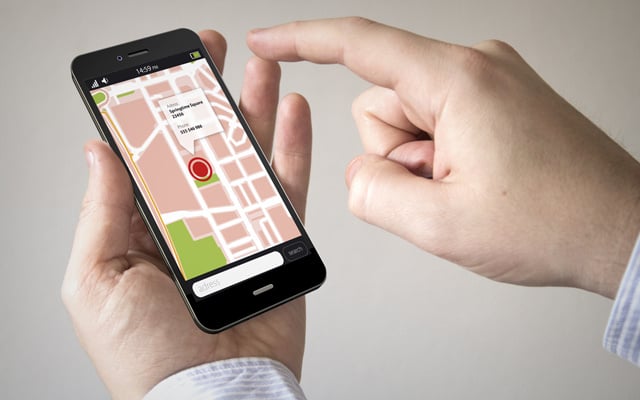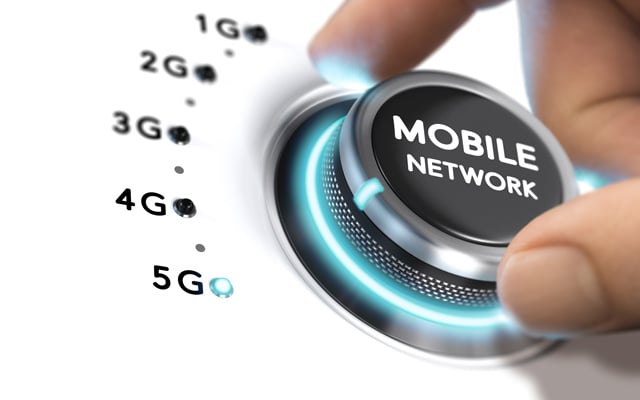Since its emergence two decades ago, GPRS has become the most widely adopted cellular system for connecting low-data volume devices.
GPRS is essentially an upgraded version of GSM (Global System for Mobile Communications), which is the core standard behind the second generation (2G) cellular network.
The big technical difference between GSM and GPRS concerns the technique used for data transfer. GSM uses the Circuit-Switched (CS) method. With this, a dedicated circuit is engaged for the entire duration of a connection between two users. By contrast, GPRS is a packet-switching protocol. Under this technique, packets of data are transferred at different time intervals to make more efficient use of data transfer capacity across the network.
On the 2G and 3G networks, CS and GPRS technologies exist side by side and perform complementary roles. CS is deployed for voice calls and text messages, while GPRS is used to transfer data between devices.




